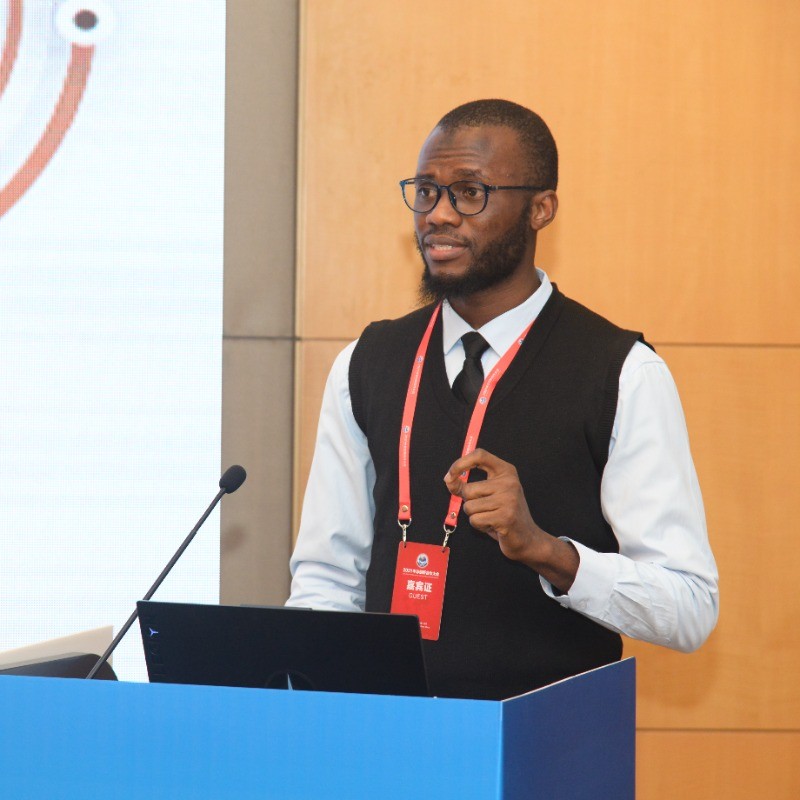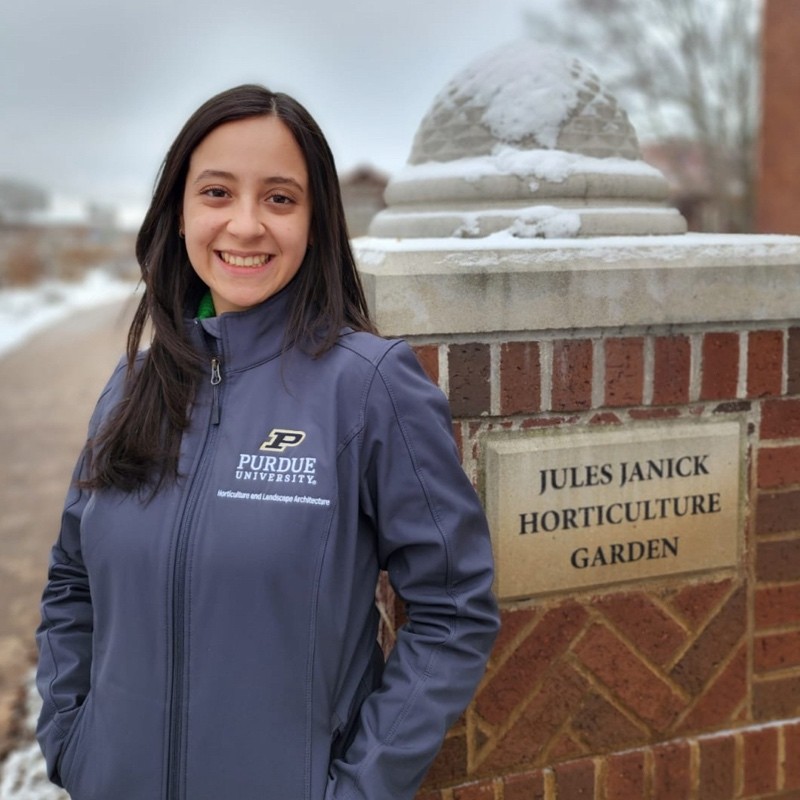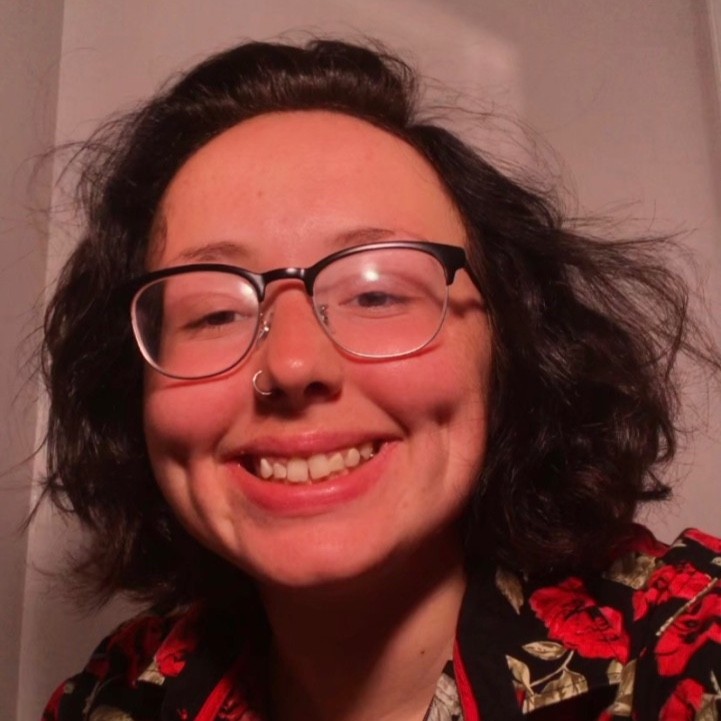Want to get to know more about the students highlighted in our newsletter? Scroll to read more about Dr. Ibraheem Olasupo, Lian Durón Alvarado, and Calyssa Stevenson.
Dr. Ibraheem Olasupo

What do you plan to do next? Post-project or post-graduation.
Continue to help the horticultural industry solve her problems through scientific research globally.
What’s the best strawberry cultivar you’ve ever tasted?
Sweet Charlie.
Is there anything you’ve recently learned that you found interesting?
Yes! That artificial chilling confers high plant vigor and improves fruit yield in strawberry in certain field locations in the US.
Lian Durón Alvarado

What drew you to work on the SCRI: PIP-CAP project?
Before starting to work on this grant, my background was focused on open-field research, production practices to increase yield, soil health, and precision agriculture. In 2022, when I met Dr. Gomez, my professional vision took a new direction. Her work in controlled environment, an area rich with tools to explore plant physiology, fascinated me. After learning from the SCRI: PIP-CAP project, its innovative approach and potential to solve critical issues in the large US strawberry industry captured my interest as an opportunity to work with specialty crops, contribute to advanced techniques, and provide practical solutions was too exciting to pass up.
What’s been your favorite memory or milestone of the project so far? What are you looking forward to?
One of the most rewarding aspects of this project has been overcoming numerous challenges through trial and error. A significant milestone has been determining the optimal light intensity for indoor propagation of strawberry runner tips and the effects of temperature and light during strawberry runner tips cold storage affected the final quality. Sharing these findings with Indiana strawberry growers at a field day was incredibly gratifying.
One of my favorite memories has been visiting Driscoll’s and learning more about the strawberry industry firsthand. It was insightful to see how our research could directly impact commercial practices. I’m excited to continue refining our methods and developing innovative solutions that benefit growers and improve production efficiency.
Calyssa Stevenson

If you had to switch teams, what team would you want to work on and why?
Options: physiology, genetics, economics, field evaluation, and extension.
My first choice would be physiology, specifically better understanding the floral stimuli and responses to strawberries. Last school year, I took a floral physiology class and found the material to be extremely interesting. It also helped me better put into perspective the potential purpose of the chill treatments (as one of the stimuli triggering the flowering pathways for strawberries) for my field trials. It would be very cool to switch teams and gain a better understanding of the exact time limits/temperature to chilling that trigger an optimal floral response and fruit set in strawberry plants.
What do you plan to do next? Post-project or post-graduation.
Along with my field evaluations, one of my major projects for my research involves optimizing regeneration of strawberries in tissue culture. I’ve also been working with strawberry meristem extraction/tissue culture for the past 3-4 year and I really enjoy it. Following graduation, I’d love to continue with a career that heavily involves tissue culture, whether that be for industry or academia purposes.